How Natural Resource Management Can Help Us Learn About The Community
Home | Project Impact |
Together with nine other volunteers I arrived in Nandala, a village in rural Iringa on 20th February. Besides clearing the land and planting seeds we have been interviewing the local community in the form of a baseline survey provided by the United Nations. For me, doing these surveys has been the perfect opportunity to explore village life. Situated in the most beautiful green landscape I have ever seen, not only did I learn about the community’s knowledge of environmental problems like deforestation, but I also got to experience the way of life in a village in rural Tanzania.
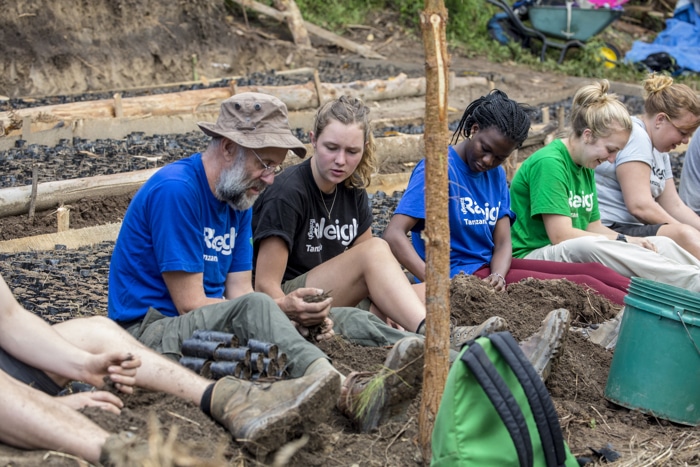
To be able to get a realistic image of the circumstances in Nandala we had to interview 40 different households in the village. As we are in a quite rural part of Tanzania it is unsurprising to find that there are no street names or numbers that could guide us to the selected families’ houses. This meant that it was necessary for the local chairman to accompany us from household to household to help us find our way. When I arrived at the first household I was greeted by the children: the young children put their hands on our heads and bowed for us to show their respect. I learned later that this is a very traditional Tanzanian greeting. After that we were ready to start the questionnaire about environmental problems in the community.
Is deforestation a problem in your village?
Given that I am working on an NRM project with my fellow volunteers I was most intrigued by the questions and answers about land use and how the local people use their resources. We asked them questions such as, ‘Is deforestation a problem in your village?’ and ‘Is there more, less or the same number of trees in your village than 20 years ago?’.
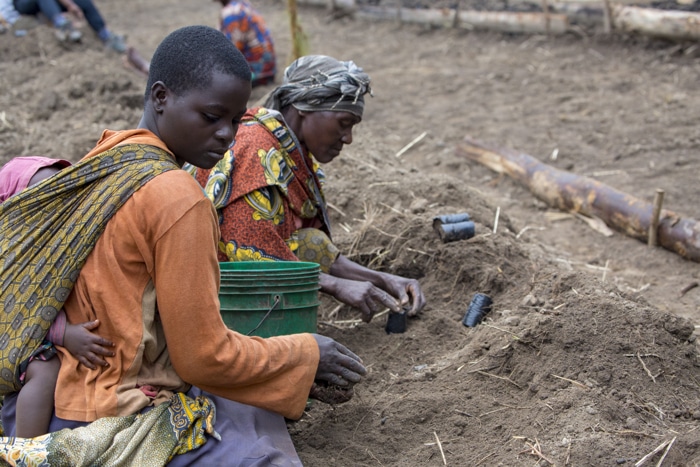
I was surprised by the variety of answers we got. Many community members had never heard about deforestation before and were unaware of the environmental circumstances/ problems that are surrounding them. The survey and interviews helped me to realise that if we want to ensure the sustainability of the development project in Nandala, we need to pay as much attention to the so-called ‘software’ as the ‘hardware’. By software I mean explaining to and communicating with the local community about our work. By hardware I mean creating and building facilities.
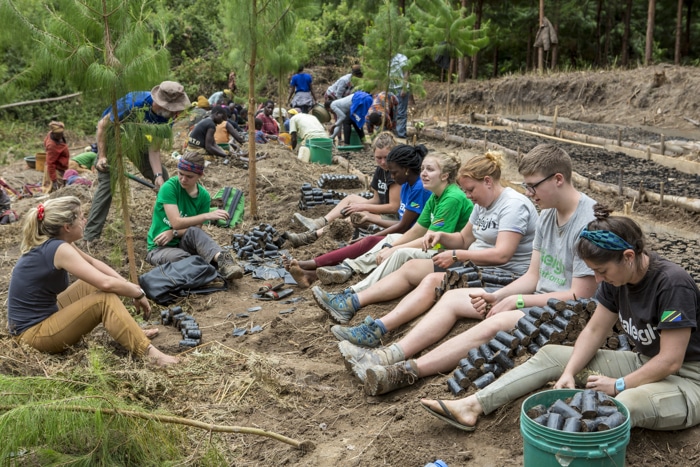
We have a long way to go. But I and all the other Raleigh volunteers with me can see they have helped to make some steps in the right direction.
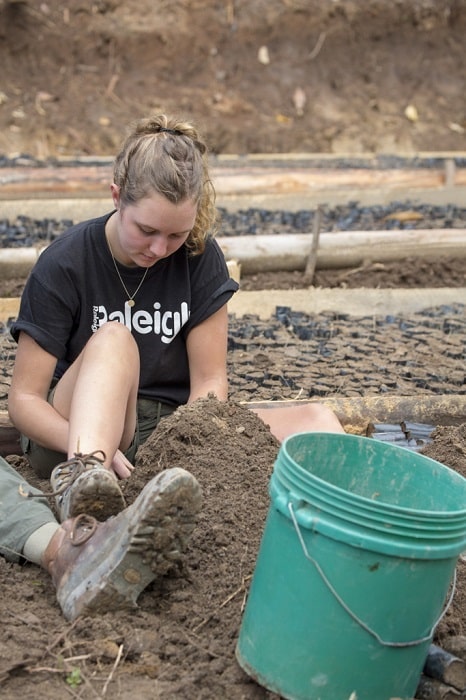
I am very happy to be here. Personally, I feel most engaged in the more communicative tasks we do such as the surveys. Not only because I am really interested in the Tanzanian culture and way of life but also because I think that sometimes the importance of these tasks is underestimated.
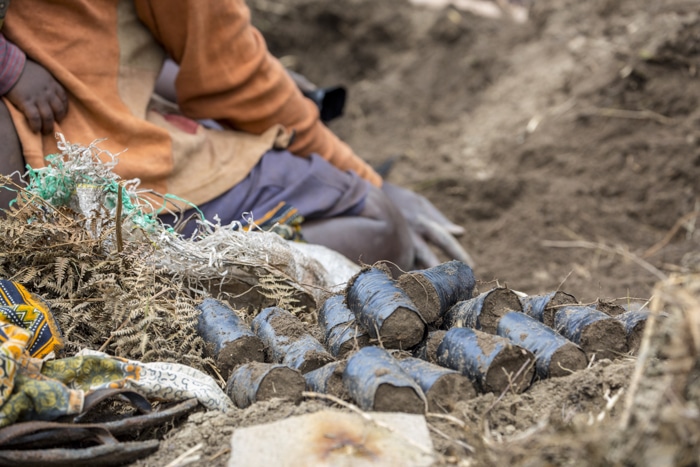
Words by Roos. Images by spring expedition photographer, Hilary Sloane.
Follow the progress of the expedition on our Facebook and Instagram pages.
Interested in doing an Expedition yourself?
Explore our Expedition resources
Hear directly from Raleigh alumni and get your questions answered.
You’ll find everything in one place about our Expeditions.
Send us an enquiry with what you’d like to know more about.



